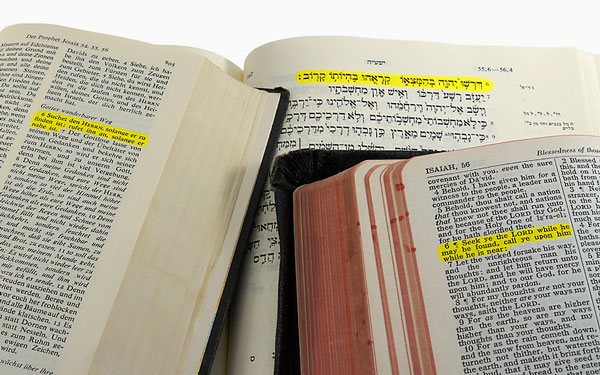The Science of Translation

Language is a fascinating and complex part of human society. Not even the most esteemed linguists can put a number on how many languages there are in the world – not to mention the various dialects within those languages (Linguistic Society, 2014).
What’s most interesting – and what poses the biggest challenges for translators – is that words don’t always have the same meaning in every language. As such, words are not ‘just words’ – they have a cultural and historical background, that only those who grew up immersed in the language can truly understand.
This ambiguity across languages and dialects is a huge challenge for scientists, in particular, and has been the focus of several research projects. If a scientific study is in French, how can one be certain that its English or Chinese counterpart, for example, holds the same meaning as the original author intended?
Studies into Translation
Naturally, a lot of scientific translations have been done. Almost every significant study or piece of research done around the world is likely to have been translated into another language for scholars to read.
Several studies have looked at the discrepancies, and consequences, that have arisen from poor translation. Examples include a study conducted in 2011 (Shuttleworth, M.) investigated the translations of 1354 sections of text published across 62 Scientific American articles in several different languages, while Sharkhas (2009) did a quality assessment of English-Arabic translations in popular science. Both found that the key discrepancies related to cultural variations and semantic differences.
The Translator journal published a very interesting special issue that looked at some of the key studies surrounding science and translation in 2011, which included Shuttleworth’s study.
Machine translations
Millions, perhaps billions, of dollars have been thrown into computer-generated translators over the past few decades. But you only need to have a little experience of using the popular Google Translate tool to know that there is still a long way to go. Unfortunately we’re still not at a stage where scientists can put full faith into automated translators.
Despite how incredibly far we have come over the last 40 years, the same problems exist in translation – language is just too complex. Philipp Koehn, a machine translation researcher at the University of Edinburgh School of Informatics told the BBC, “Language is always ambiguous, so you can’t always use rules, and new vocabulary is always coming in, so you need someone to continually maintain those rules.” (BBC, 2012)
The future of translation
Considering how much has been achieved in the science of translation over the past few decades, there is no doubting we are moving forward and getting closer to more accurate translations.
There is still a while to go until scientists can fully trust computer-generated translations, however, because in many cases there can significant consequences to poor translations. Imagine if a medical textbook given to new doctors mixed up some key theories?
So, while travelers, businesses and language students already have access to fantastic tools for everyday translations that are close to reliable, scientists will keep on researching and developing for many years to come.
Other useful References:
http://www.simpletranslation.com/
http://www.ncbi.nlm.nih.gov/pmc/articles/PMC3204888/
Petrovic A (2014-04-01 05:37:50). The Science of Translation. Australian Science. Retrieved: Jul 18, 2025, from https://ozscience.com/education/the-science-of-translation/
 Follow
Follow